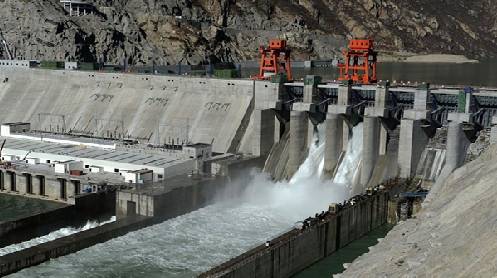China has approved the construction of a “Super Dam” on the Brahmaputra River, a project poised to dwarf the Three Gorges Dam in power generation capacity. This mega-dam will reportedly produce an astonishing 300 billion kilowatt-hours of electricity annually—three times more than the output of the Three Gorges Dam.
The Yarlung Zangbo River, as it is known in Tibet, becomes the Brahmaputra River as it descends from the eastern edge of the Tibetan Plateau. The site of the planned dam is a natural drop where the river plunges two kilometers within a 50-kilometer stretch, making it an ideal location for harnessing hydropower on an unprecedented scale.
The Brahmaputra River flows through India’s Arunachal Pradesh and Assam states before entering Bangladesh and emptying into the Bay of Bengal. The livelihoods and economies of these regions heavily depend on the river’s waters.
India, alarmed by the potential downstream impacts, might consider challenging this project in an international court. However, doing so could inadvertently validate Pakistan’s long-standing position regarding India’s dam projects on rivers flowing from Kashmir, which Islamabad has contested under the Indus Waters Treaty.
Unlike the Indus Waters Treaty between India and Pakistan, no formal agreement exists among China, India, and Bangladesh regarding the distribution and use of the Brahmaputra’s waters. This absence of a water-sharing treaty complicates the geopolitical and environmental implications of the “Super Dam.”






